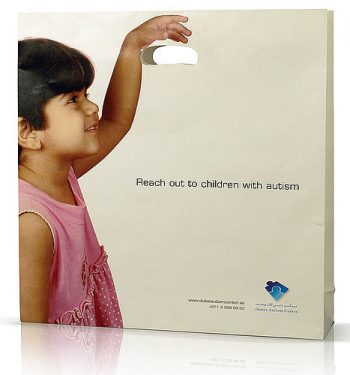Autism

Autism
Autism, also known as autism spectrum disorder, is a broad range of conditions that affect communication and behavior, usually appearing by age 2. The Centers for Disease Control and Prevention (CDC) reports that autism affects 1 in 44 children. 1
People with autism may have difficulty with communication and social interaction; restricted interests and repetitive behaviors; and inability to function effectively in school, work, and other areas of life. Although scientists are still trying to understand why some people develop autism and others don’t, risk factors may include:
- A sibling with autism
- Older parents
- Certain genetic conditions, such as Down, fragile X, and Rett syndromes
- Very low birth weight
What Causes Autism?
Studies indicate the rate of autism is rising, but causes are not well-understood. Scientists have found rare gene changes, or mutations, as well as small common genetic variations in people with autism, implying a genetic component. A growing area of research focuses on interaction of genetic and environmental factors. For example, a woman’s exposure to harmful contaminants during pregnancy may trigger a genetic mutation leading to autism in her child. No link has been found between autism and vaccines, including those containing thimerosal, a mercury-based compound.
What Environmental Factors May Be Associated With Autism?
Progress has been made toward understanding different environmental risk factors, and the clearest evidence involves events before and during birth, such as:
- Advanced parental age at time of conception
- Prenatal exposure to air pollution or certain pesticides
- Maternal obesity, diabetes, or immune system disorders
- Extreme prematurity or very low birth weight
- Any birth difficulty leading to periods of oxygen deprivation to the baby’s brain
But these factors alone are unlikely to cause autism. Rather, they appear to increase a child’s risk for developing autism when combined with genetic factors.
Source URL: http://www.niehs.nih.gov/health/topics/conditions/autism/index.cfm
Source Agency: National Institute of Environmental Health Sciences (NIEHS)
Captured Date: 2016-03-22 13:09:00.0








